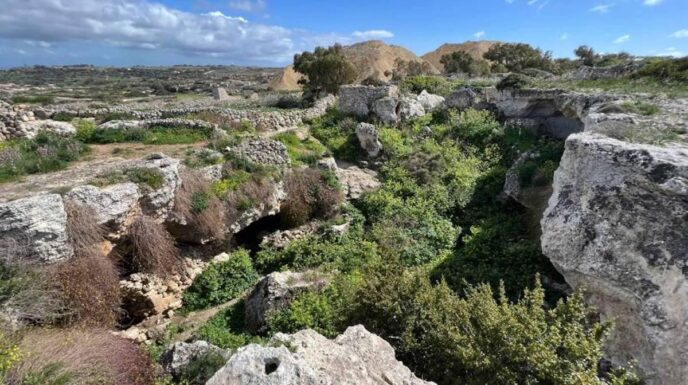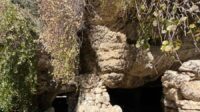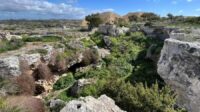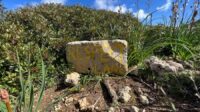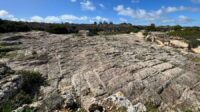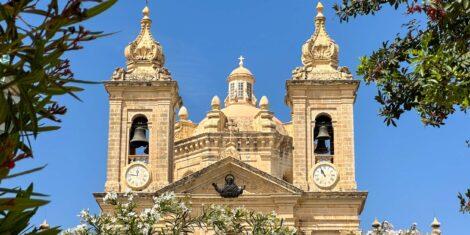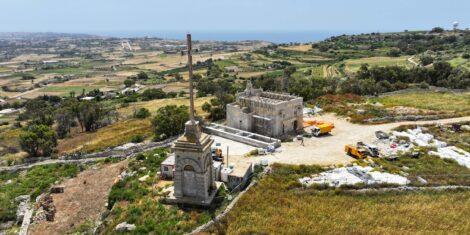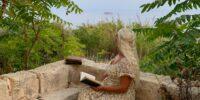The Maltese islands are a bridge between the Arabic cultures of North Africa and Southern Europe. This shows in the architecture, the language, and even the food. But most importantly, it shows in history. On this bridge, we’ve found evidence of all kinds of civilizations that in some way affected the course of history. The Cart Ruts in Misraħ Għar il-Kbir is an example of this evidence.
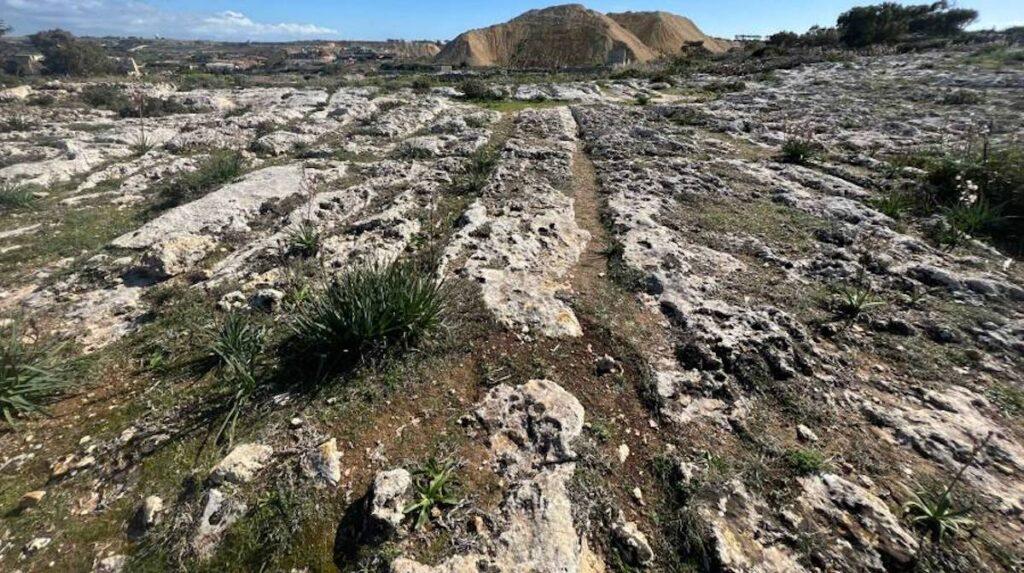
It is also home to some unexplainable relics, a few dating back thousands of years. A prime example is the temples, although they are not so unexplainable anymore. Archeologists have come to the conclusion that these temples were used for worship and prayer. Most of the clues for this lie in the way they were built, their locations and the artifacts found on the sites.
Still, there are many mysteries surrounding these buildings, mostly because there is no written record of them. In other words, they are ‘prehistoric’, built at a time before anything was recorded in writing.
Apart from the temples though, there are other things around the island that are still almost a complete mystery.
If you’ve ever taken a walk down ‘Clapham Junction’, or Misraħ Għar il-Kbir, in Siġġiewi, you might have noticed a series of tracks cut down in the rocks. These tracks are known as ‘Cart Ruts’. They’ve been traced back to a wide time range of somewhere between Neolithic and Medieval times.
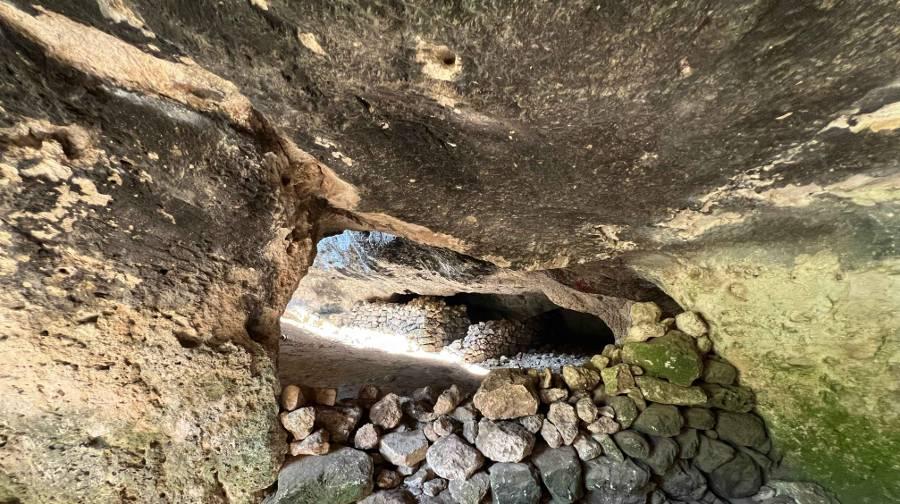
The Cart Ruts
This ambiguous time frame is so wide that it doesn’t help in tracing and understanding the purpose of these tracks. What was the purpose of carving them in the first place? In addition to this some of the tracks lead directly off the cliffs. Thisn naturally creates even more confusion about their original intention.
What We Assume
Archeologists have come up with multiple possible reasons for why the ruts are carved. One seems to make the most sense: the presumption of repeated use. Carts or any sort of wheeled vehicle used consistently over time, may have created these lines. The passage was probably used by people of different trades who needed to transport heavy objects in this area of the islands. Afterwards, natural erosion could have scraped the passages even deeper than they originally were.
Again, there are more peculiar speculations dating them back to the Bronze Age. This places them with the people who had come to Malta from Sicily around 2000 B.C. There are also speculations that date them back to Pheonician times, 1300 years after this.
The Cave of Misraħ Għar il-Kbir
Right next to these tracks is a big cave with a series of smaller caves next to it. These were at first natural phenomena. Afterwards, however, inhabitants enlarged them. The rainwater dissolved the carbonate rock of the upper coralline limestone and led to the formation of these caves. Eventually, human beings who wanted to make use of the cave as a home or a space amended the shape of the inside of the cave to their liking.
But this is not the only cave in Malta that hosted inhabitants. You can travel all over the islands to find that there were many caves that were used as houses. Some of the more known caves are Għar Dalam or Għar il-Kbir.
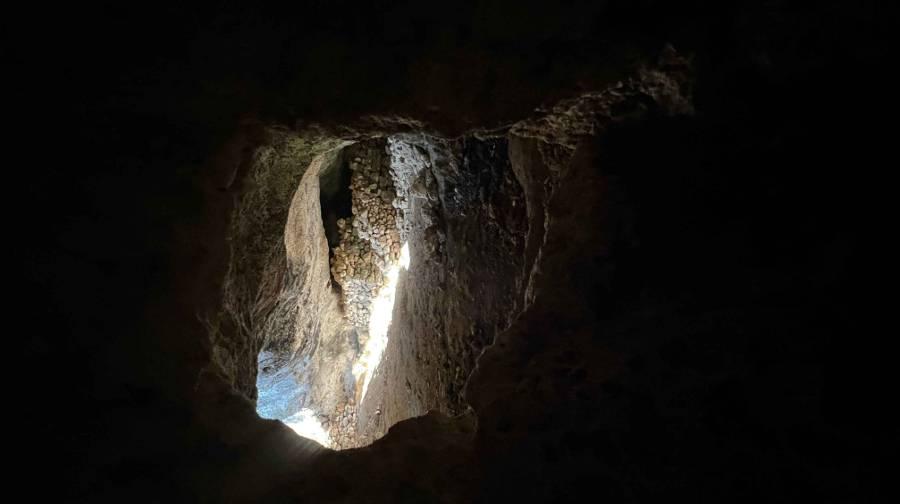
Recent Theories about the Ruts
Naturally, as with anything else, many people believe these were used for something different. Perhaps something completely alien to our understanding of things. In other words, there are certain theories that suggest unrecorded civilisations. Some even point to unidentified super natural interference as the cause of the ruts.
In any case, the Clapham Junction site—termed by an Englishman who felt the jammed tracks reminded him of the London station—is a beautiful area to go for a walk. It is one of these spots where you can experience the beautiful calming Mediterranean horizon, the smell of the Maltese flora and the silence of the Dingli/Siġġiewi area. What’s more, you are surrounded by a historical mystery.
Sadly, this might forever stay a subjective topic forever. What’s your opinion on these Carts-Ruts? What was their purpose? What theory do you believe in?
